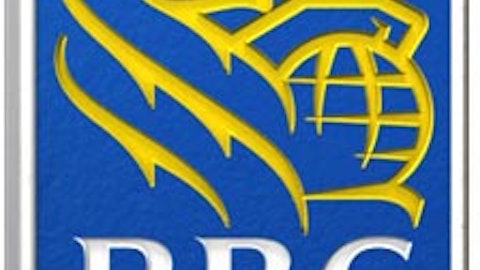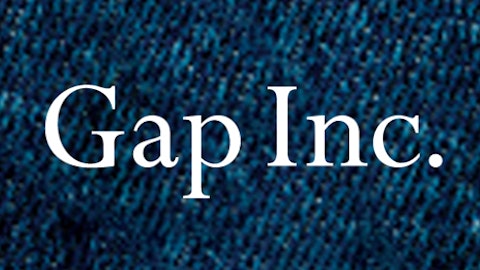Toronto-Dominion Bank (USA) (NYSE:TD) held the coveted AAA rating by global rating agency Moody’s for long-term deposits until recently when Toronto-Dominion Bank (USA) (NYSE:TD) along with five other Canadian banks were downgraded. The downgrade made by Moody’s was predominantly due to severe pressure on the Canadian economy through high levels of consumer debt and rapidly increasing housing prices.
During the third quarter of the previous fiscal, Canadian consumer debt escalated to a whopping 165% of disposable income, compared to which the consumer debt of disposable income stood at 137% during 2007.
In spite of the downgrade, Toronto-Dominion Bank (USA) (NYSE:TD) still remains one of the safest banks in the world carrying a rating of Aa1 and it will be continued to be favored by the investors.
The bank posted impressive results during the second quarter of 2013 with 6% year-over-year growth in earnings amounting to a whopping $1.8 billion.
Apart from rapid growth in all segments, the bank is fairly active in seeking alliances, which is strategically inline with its overall long-term growth strategy.
It acquired Target’s credit-card business for over $5 billion and US-based Epoch in a bid to increase its presence in the U.S market and establish itself as a significant player in North America. I continue to keep a bullish outlook on its stock.
Bank of Nova Scotia is another big player in the Canadian market.The bank posted promising numbers in all segments, as the the second quarter exhibited double- digit growth both in terms of revenue and earnings.
Overall, the company clocked impressive 12% growth in revenue and 15% growth in earnings. Similar to its peers, Bank of Nova Scotia is actively seeking alliances in order to expand its footprint through the inorganic route.
The bank recently acquired the Canadian operations of ING for a massive $3.1 billion, one the largest acquisitions in its 180 year history, making it the third largest bank by deposits in Canada.
At present, the bank is only focusing on further strengthening its position in regions where it already holds a reasonable presence. In a recent interview, Brian Porter, who will take over as Bank of Nova Scotia’s chief executive in November, stated that bank’s credit-card business had solid growth potential within Canada.
He further stressed no plans on expanding the firm’s operations to new territories such as Europe and Africa. Currently, the Bank of Nova Scotia has operations in 55 countries primarily in South America with a consistently growing presence across Asia.
Bank of Nova Scotia is primed to establish itself as a major player in the Canadian market and pose significant competition to CIBC.
So is it a robust investment?
Canadian Imperial Bank of Commerce (USA) (NYSE:CM) is one of the best performing banks not just in North America, but a highly ranked financial institution around the globe.
Like all its peers in the Canadian market, CIBC was recently downgraded due to an unstable economic environment surrounding most financial institutions. However, I believe what makes Canadian Imperial Bank of Commerce (USA) (NYSE:CM) a reliable investment is its ability to successfully maintain the BASEL III CET 1 ratio well above the base requirements, showcasing its overall superior risk-management fundamentals.
In addition, it possesses a neat balance sheet, as the company made noticeable efforts to reduce its debt-to-equity ratio in recent times. In January 2012, the debt-to-equity ratio stood at 4.8, whereas during April the same ratio came down to 1.6. I believe a gradual improvement in the macro-economic environment will result in Canadian Imperial Bank of Commerce (USA) (NYSE:CM)’s stock showing good growth.
Ashit Gulati and Equity Dimensions have no position in any stocks mentioned. The Motley Fool recommends The Bank of Nova Scotia (USA).
The article Is the Canadian Banking Sector Still Reliable? originally appeared on Fool.com.
Copyright © 1995 – 2013 The Motley Fool, LLC. All rights reserved. The Motley Fool has a disclosure policy.



